[ENG-SPN] Transits to the Beyond / Tránsitos al Más Allá

The detail, disconcerting, on the other hand, of how two cultures, apparently unconnected and really so distant and different, could become so similar, regarding the issue of the last frontier, that is, has always attracted my attention, of Death, refers to: the Egyptian and the Tibetan. Although, there is a notable difference in the treatment of the corpse - in the case of the first, it was treated and embalmed to preserve, while, in the case of the second, foreign to the traditional concept of city of the dead or cemetery, it dismembered and offered as food to the insatiable hunger of the vultures - this is certainly not the case with regard to the transit of the soul through the illusory worlds of the Beyond.
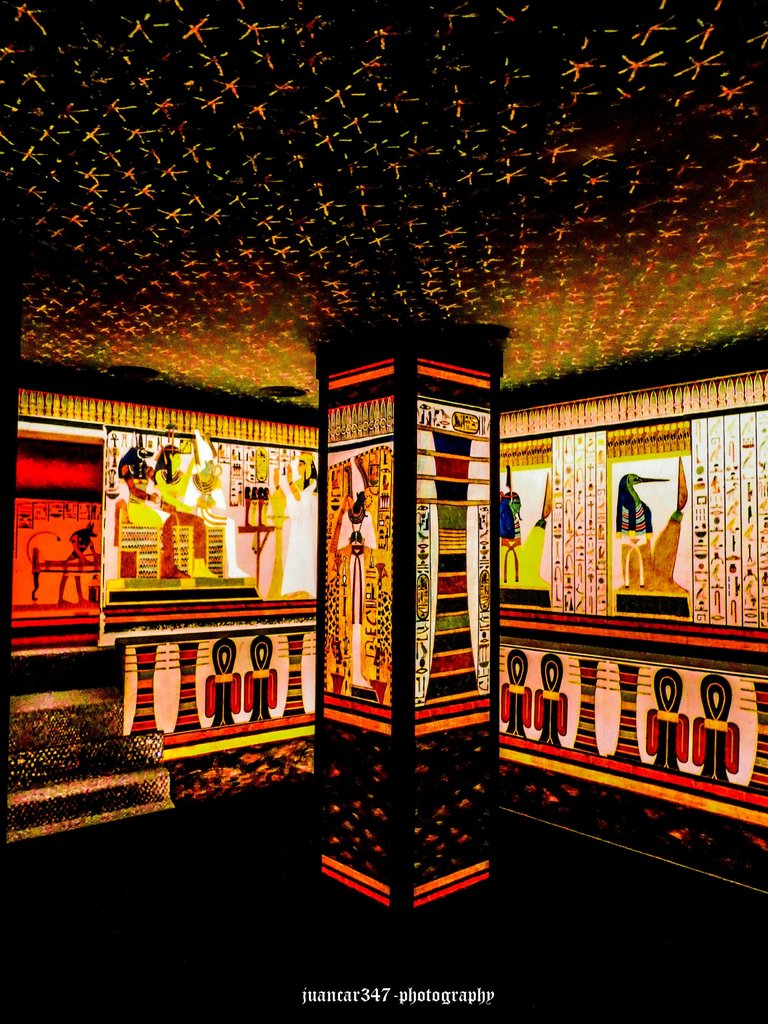
Both cultures developed complex rituals, compiled in what has been called the Book of the Dead, which were, metaphorically and comparatively speaking, true guides, in regard to the most transcendental of journeys, whose purpose was not in something else, than in guaranteeing the happy transit of the soul of the deceased through the different stages - let us imagine the circles that the Italian poet, Dante Alighieri, described in his Divine Comedy, which went from Hell to Paradise, stopping at the Purgatory- until reaching Amenti for some and the Bardo, for others.
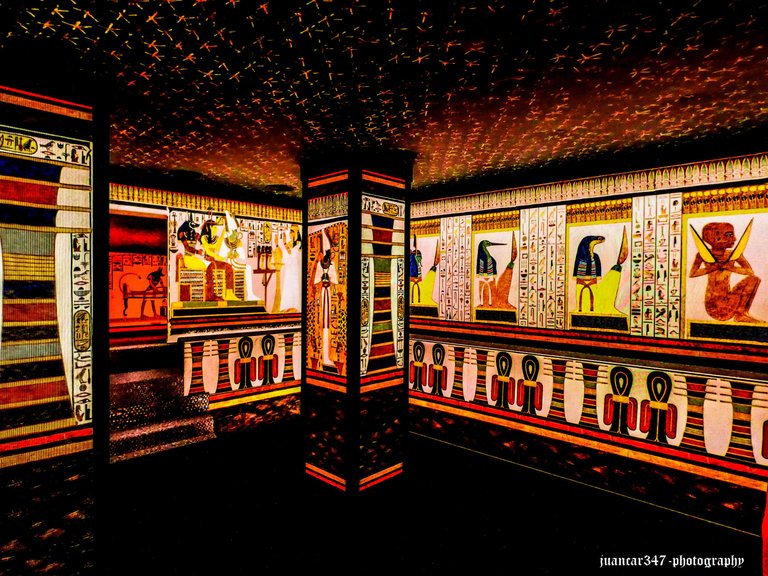
Siempre me ha llamado poderosamente la atención, el detalle, desconcertante, por otra parte, de cómo dos culturas, aparentemente inconexas y realmente tan distantes y diferentes, pudieron llegar a parecerse tanto, en lo que, al tema de la última frontera, es decir, de la Muerte, se refiere: la egipcia y la tibetana. Si bien, existe una diferencia notable en el tratamiento del cadáver -en el caso de la primera, lo trataban y embalsamaban para preservar, mientras que, en el caso de la segunda, ajena al concepto tradicional de ciudad de los muertos o cementerio, lo desmembraban y lo ofrecían como alimento al hambre insaciable de los buitres- no es así, ciertamente, en cuanto al tránsito del alma por los ilusorios mundos del Más Allá.
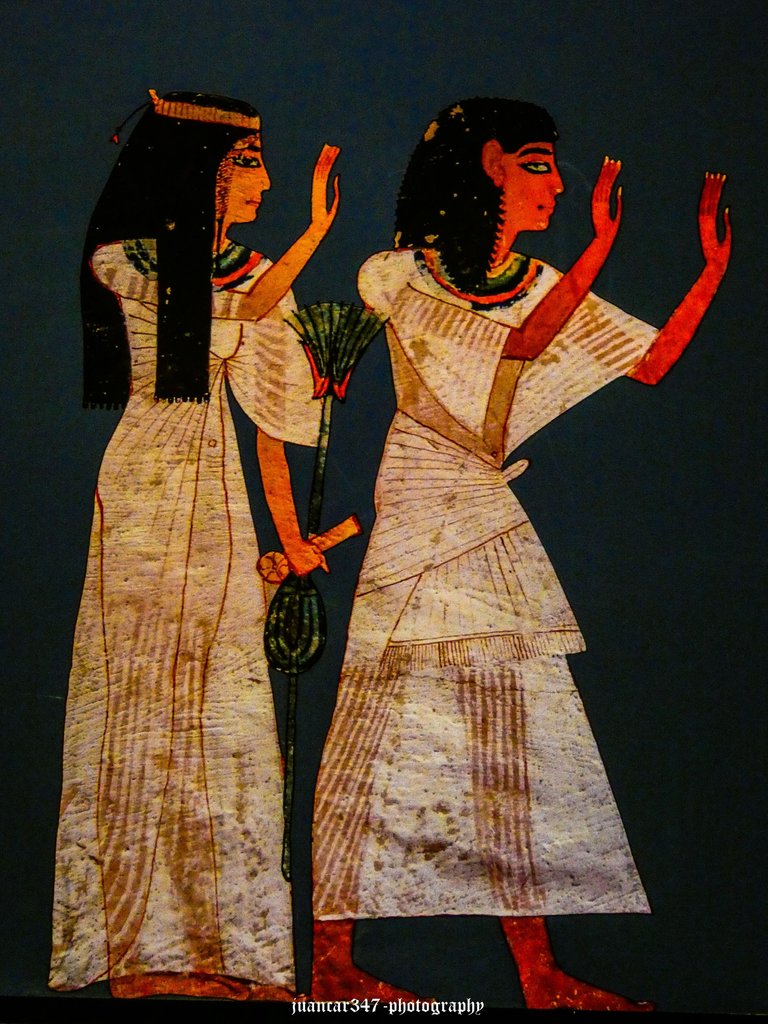
Ambas culturas, elaboraron complejos rituales, recopilados en lo que se ha dado en denominar como Libro de los Muertos, que eran, metafórica y comparativamente hablando, verdaderas guías, en lo que se refiere al más trascendental de los viajes, cuyo fin, no consistía en otra cosa, que en la de garantizar el feliz tránsito del alma del difunto por los diferentes estadios -imaginemos los círculos que describía el poeta italiano, Dante Alighieri, en su Divina Comedia, que iban desde el Infierno al Paraíso, haciendo escala en el Purgatorio- hasta alcanzar el Amenti para unos y el Bardo, para otros.
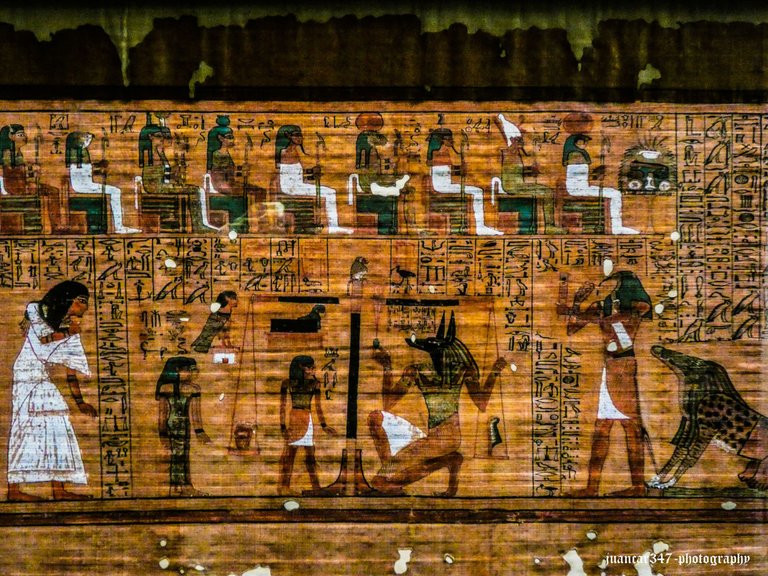
NOTICE: Both the text and the accompanying photographs are my exclusive intellectual property and are therefore subject to my Copyright.
AVISO: Tanto el texto, como las fotografías que lo acompañan, son de mi exclusiva propiedad intelectual y por lo tanto, están sujetos a mis Derechos de Autor.
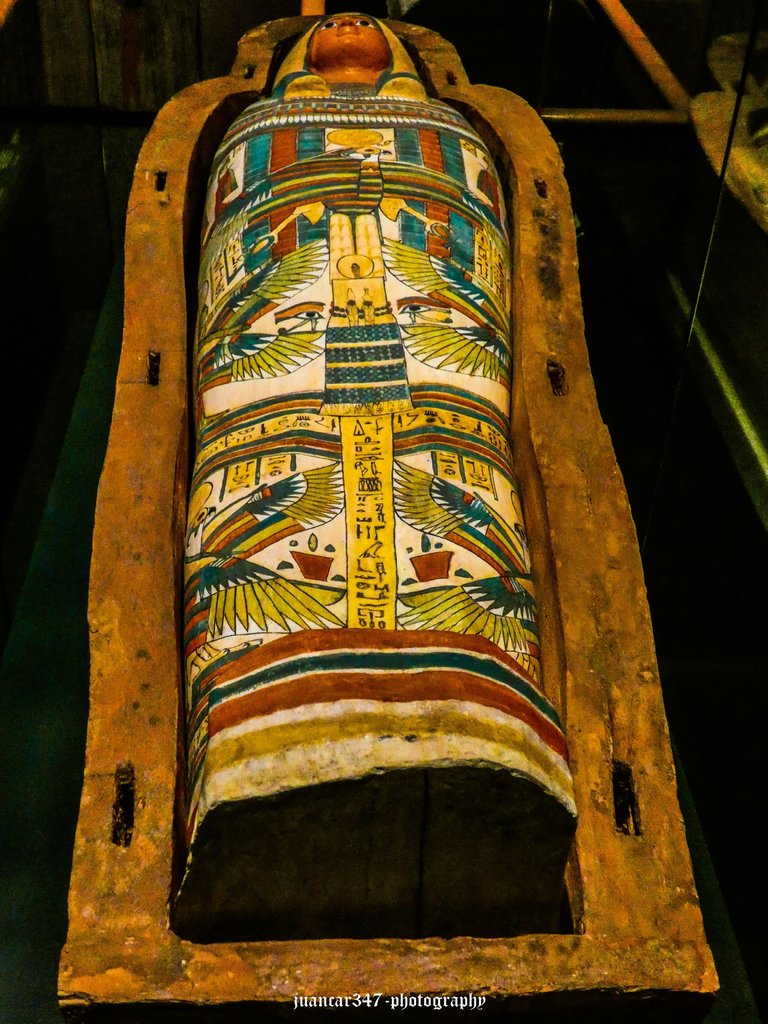
Has sido curado por @visualblock / You've been curated by @visualblock
Bienvenidas delegaciones / Delegations welcome
Trail de Curación / Curation Trail
Vota por nuestro Testigo aliado - @hispapro / Vote for our allied Witness - @hispapro
Más información sobre el testigo aquí / More information about the witness here
Muchas gracias
Encantados de apoyar. 😊
That is true
There are so many cultures that look similar and I will be amazed with how similar they are including their mode of dressing
I believe that the issue of fashion has generally depended on the environment. Imagine the climate of Egypt, with the burning heat of the desert and the lightness of its clothing, with the cold and eternal snows of the Himalayas, where human beings (except the lamas, with their typical saffron tunic) are completely covered in fur. and coats from head to toe.
!PIZZA
Muchas gracias
$PIZZA slices delivered:
@sacra97(7/15) tipped @juancar347
Thank-you